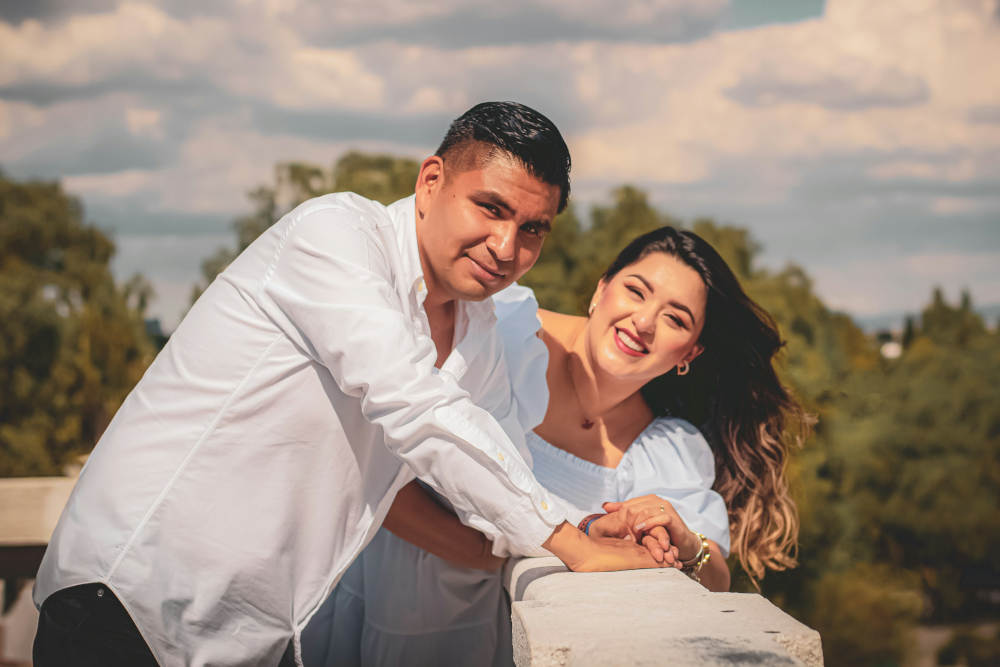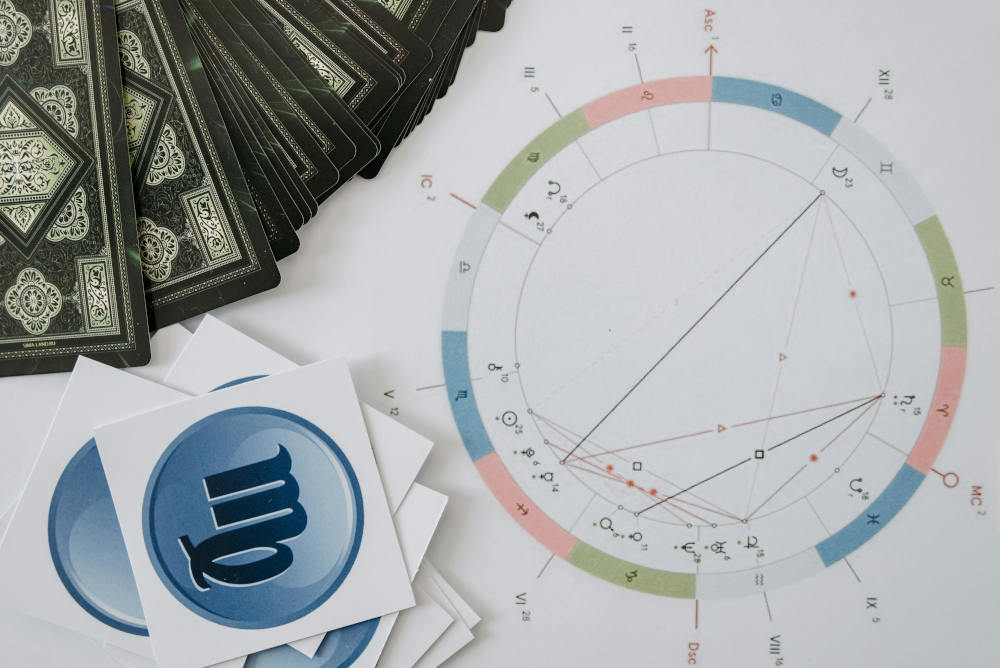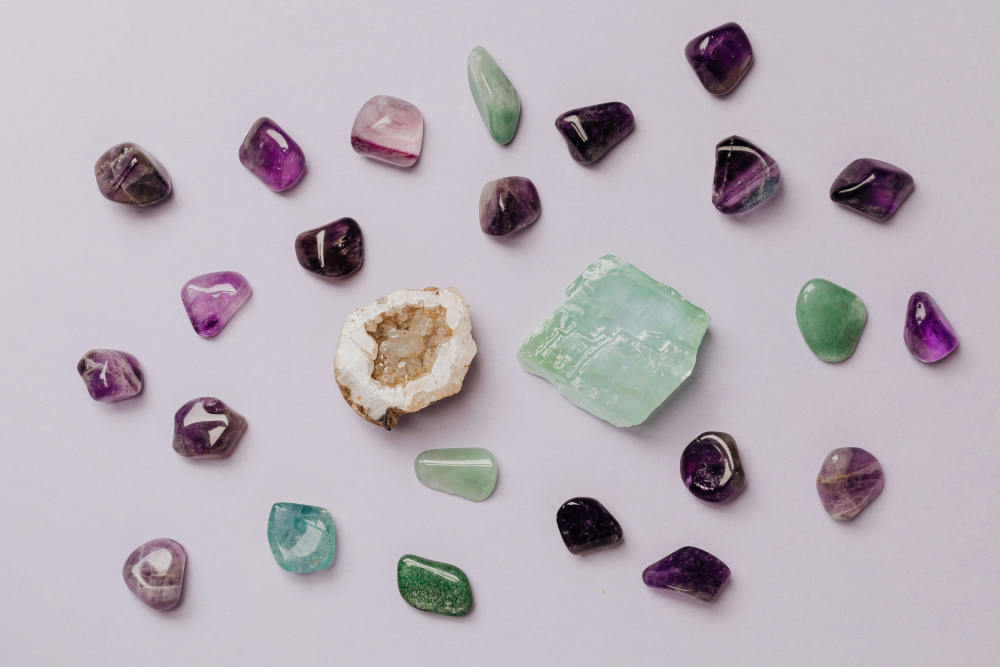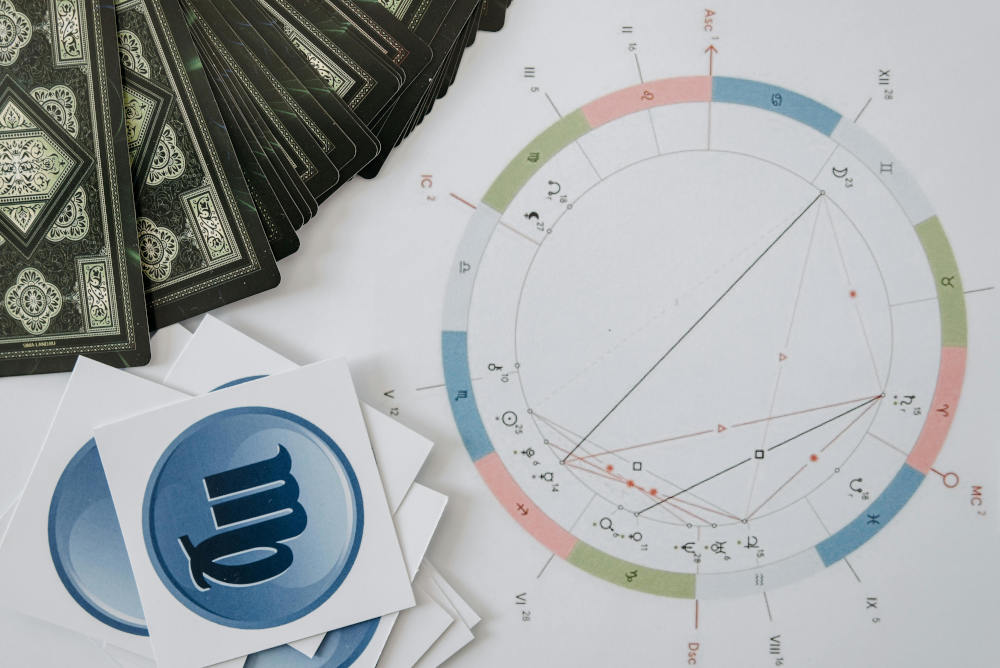
In the intricate dance of human interaction, few gestures are as universally recognized and yet as enigmatic as the act of holding hands. Whether it constitutes flirting can be complex and depends heavily on context, culture, and individual intentions.
For example, holding hands with a close friend during a casual conversation may simply signify comfort and familiarity, whereas holding hands in a romantic setting like a candlelit dinner could be a more intimate gesture.
It's a simple touch, a seemingly innocent connection between two individuals, but beneath its surface lies a complex language of emotion, intention, and unspoken communication often linked to flirting.
Imagine walking down a crowded street or sitting across from someone at a café. Suddenly, their hand brushes against yours, and without words, a question emerges: Is this gesture purely platonic, a friendly bond between companions, or does it carry a deeper meaning, hinting at romantic interest or a desire for intimacy?
Is holding hands a subtle form of flirting, or is it merely an expression of camaraderie? Continue reading to explore the nuances of this seemingly simple act and uncover the truths hidden within its touch.
Read also: If a guy holds your hand, what does it truly mean?
Panaprium is independent and reader supported. If you buy something through our link, we may earn a commission. If you can, please support us on a monthly basis. It takes less than a minute to set up, and you will be making a big impact every single month. Thank you!
How to Hold a Girl's Hand
Understanding the Context of Hand-Holding
The importance of context in interpreting if hand-holding is flirting cannot be overstated. Context provides crucial information that helps determine the meaning behind this physical gesture.
It outlines the backdrop against which hand-holding is understood and interpreted. It enables you to discern whether the gesture is romantic, platonic, supportive, or culturally influenced.
By considering context, you can navigate social interactions with greater sensitivity and clarity, fostering mutual understanding and effective communication. Here is what to consider:
1. Relationship Dynamics: The nature of the relationship between individuals significantly influences whether hand-holding is flirting or not. For example, holding hands between romantic partners conveys intimacy and affection, while hand-holding among close friends or family members may signify camaraderie and emotional support.
2. Setting and Environment: Where hand-holding takes place is equally important. In a romantic setting like a candlelit dinner or a stroll on the beach, hand-holding is likely to be seen as a romantic gesture and flirting. On the other hand, in a casual or professional environment, it may be perceived differently, possibly as a friendly or supportive gesture.
3. Non-Verbal Cues: Contextual cues complement non-verbal communication. Other gestures, body language, and verbal exchanges that occur simultaneously with hand-holding can provide additional context for interpreting whether it is flirting or not.
The Intentions Behind Hand-holding
Examining the range of intentions behind hand-holding reveals the diverse ways in which this gesture can convey different meanings and emotions, including flirting.
Here are various intentions that may be behind hand-holding:
1. Romantic Affection: One of the most common intentions behind hand-holding is to express romantic interest and affection. When two individuals hold hands romantically, it signifies closeness and a desire for connection. Hand-holding is also a form of physical intimacy between people. A romantic partner holding your hands could signify flirting!
2. Comfort and Reassurance: Hand-holding can also be a gesture of comfort and reassurance. Holding hands can provide emotional support and convey a sense of solidarity and care, especially in times of sadness.
3. Bonding and Connection: Hand-holding serves as a way to strengthen bonds and establish a deeper connection between individuals, particularly between romantic partners. It signifies mutual trust, understanding, and companionship, fostering a sense of unity and togetherness. That's why holding hands is so powerful when flirting.
4. Non-Verbal Communication: Hand-holding is a form of non-verbal communication that communicates unspoken feelings and intentions. It can express warmth, affection, flirtation, and a desire to be physically close without the need for words.
5. Asserting Relationship Status: Hand-holding can also serve as a public declaration of relationship status, especially when done in social settings. It signals exclusivity and commitment between partners.
6. Playfulness and Flirtation: Hand-holding can also be playful and flirtatious, especially during the early stages of romantic interest. Light touches, intertwined fingers, or gentle squeezes can convey playfulness and attraction.
7. Expressing Gratitude or Support: Finally, holding hands can also express gratitude or support in various contexts, such as offering assistance while walking, showing appreciation, or acknowledging shared experiences.
The Many Benefits of Hand-Holding
James A. Coan, a professor of psychology at the University of Virginia, studying brain function while investigating posttraumatic stress disorder, conducted experiments showing that holding hands with someone not only calmed them but also diminished pain.
Touch on the hand's sensitive skin stimulates pressure-sensitive Pacinian corpuscles, sending signals to the vagus nerve, the hypothalamus, which lowers blood pressure and heart rate and facilitates stress management through neurological responses.
Hand-holding helps one feel closer and more connected, promotes feelings of trust with someone, and reduces cortisol in times of stress due to oxytocin release, a peptide hormone and neuropeptide normally produced in the hypothalamus, stimulated by hugging, kissing, cuddling, and intimacy.
Overall, hand-holding is a simple yet powerful gesture that can have profound positive effects on emotional well-being and interpersonal relationships. The other benefits of holding hands include:
1. Enhanced Bonding: Hand-holding fosters a sense of connection and intimacy between partners, friends, or family members. It can strengthen emotional bonds and increase feelings of security and support.
2. More Comfort: Holding hands can be comforting in times of distress or uncertainty. Physical contact can convey reassurance and empathy, making individuals feel understood and cared for.
3. Better Mood: Physical touch, such as hand-holding, is linked to the release of dopamine and serotonin, which are neurotransmitters associated with feelings of happiness and well-being. This can elevate mood and enhance overall emotional state.
4. Improved Communication: Non-verbal cues conveyed through hand-holding can enhance communication between partners. It can convey affection, solidarity, or a desire for closeness without the need for words.
5. Stable Heart Rate: Studies have shown that holding hands can synchronize the heart rates of partners, leading to a calming effect and promoting feelings of harmony and connection.
6. Strong Relationships: Regular physical touch, including hand-holding, can contribute to the longevity and satisfaction of romantic relationships. It reinforces feelings of commitment and reinforces emotional intimacy.
FAQ: Is Holding Hands Flirting?
1. Is holding hands always a sign of flirting?
- Holding hands can have different meanings depending on the context and individuals involved. While it can indicate romantic interest in certain situations, it's not always a flirting gesture and can also signify friendship or emotional connection.
2. How can I tell if someone is flirting with me by holding my hand?
- Look for additional signs of romantic interest such as prolonged eye contact, physical proximity, or other affectionate gestures. Context is key—consider where and when the hand-holding occurs to gauge its meaning.
3. Can holding hands be purely platonic?
- Yes, holding hands can be a non-romantic gesture that conveys comfort, support, or camaraderie between friends, family members, or even colleagues.
4. Are there cultural differences in the interpretation of hand-holding?
- Absolutely! In some cultures, public hand-holding is common among friends and family and doesn't imply romantic involvement. In other cultures, it may be reserved exclusively for romantic partners.
5. Does the duration of hand-holding indicate flirting?
- Not necessarily. The length of time spent holding hands can vary based on the situation and individual preferences. Longer durations may suggest deeper emotional connection but do not automatically signify flirting.
6. What if I feel uncomfortable when someone holds my hand?
- Communicate your boundaries respectfully. Let the person know how you feel and express your preferences regarding physical contact.
7. How can I avoid misinterpreting hand-holding signals?
- Pay attention to verbal and non-verbal cues beyond hand-holding. Consider the overall context of the interaction and communicate openly to clarify intentions.
8. Is hand-holding in public always considered flirting?
- Public hand-holding can be a display of affection but doesn't necessarily imply romantic intent. It may be a cultural norm or a gesture of solidarity.
9. Can hand-holding evolve from friendship to romance?
- Yes, hand-holding can signify a transition from friendship to romantic involvement, depending on mutual feelings and evolving relationships.
10. How can I initiate hand-holding without it being perceived as flirting?
- Start with clear communication. Express your intentions and ask for consent before initiating physical contact. Respect the other person's comfort level and be mindful of their response.
Key Takeaways
In the intricate landscape of human relationships, the question of whether holding hands equates to flirting is not easily answered with a simple "yes" or "no." Instead, we find that the significance of hand-holding lies in its nuanced interpretation, shaped by context, culture, and individual intentions.
Communication—both verbal and non-verbal—remains paramount in deciphering the true intentions behind physical gestures. What might be perceived as flirtatious in one scenario could be entirely innocent in another, highlighting the subjective nature of this intimate gesture.
Ultimately, whether holding hands is deemed flirting often comes down to the unspoken dialogue between individuals. It's a dance of perception and interpretation, revealing not only our desire for connection but also the richness of human expression.
So, the next time your hand brushes against another's, remember that the true meaning may lie beyond the surface, waiting to be understood within the context of the moment and the hearts involved.
Was this article helpful to you? Please tell us what you liked or didn't like in the comments below.
About the Author: Alex Assoune
What We're Up Against
Multinational corporations overproducing cheap products in the poorest countries.
Huge factories with sweatshop-like conditions underpaying workers.
Media conglomerates promoting unethical, unsustainable products.
Bad actors encouraging overconsumption through oblivious behavior.
- - - -
Thankfully, we've got our supporters, including you.
Panaprium is funded by readers like you who want to join us in our mission to make the world entirely sustainable.
If you can, please support us on a monthly basis. It takes less than a minute to set up, and you will be making a big impact every single month. Thank you.




































0 comments